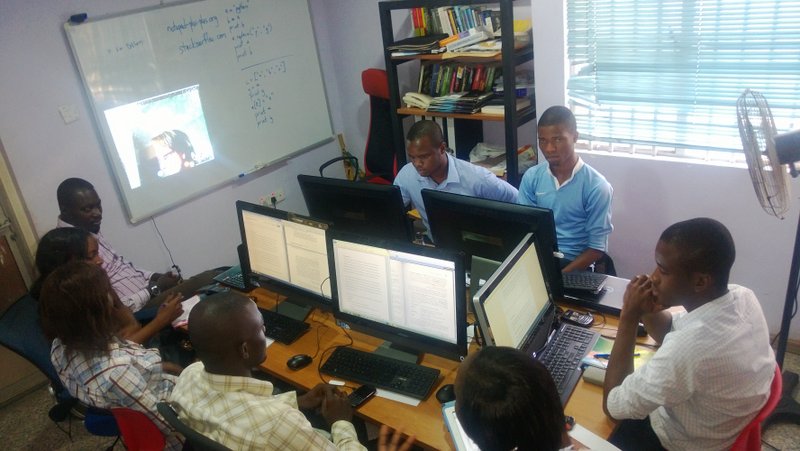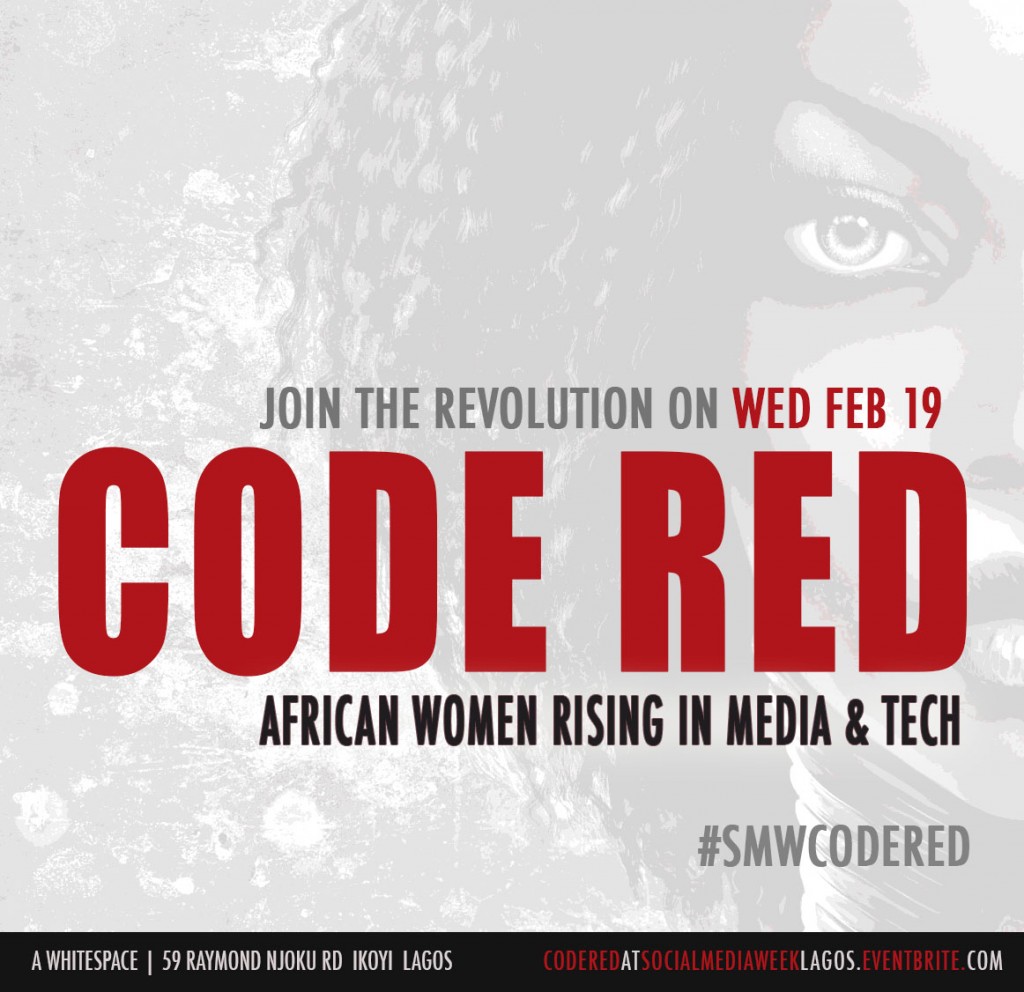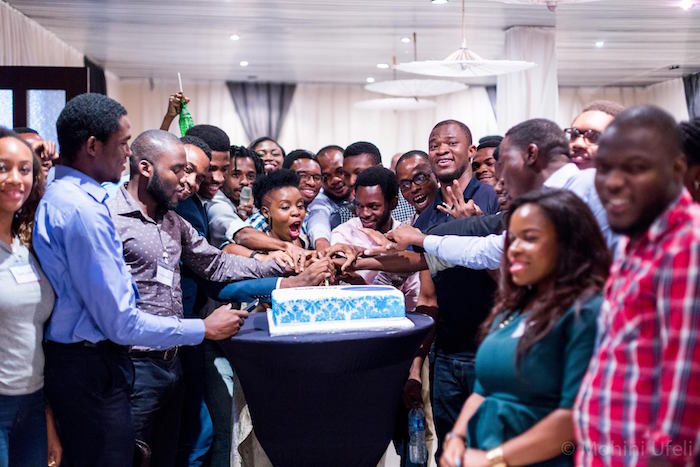Building a technology startup in Nigeria presents many challenges. Funding is the main problem that is mentioned by many. However, the more fundamental issues of talent and innovative thinking are more pressing to me.
Yes we need money to execute our ideas. We also need engineering talent to build and scale our vision. The challenge for many Nigerian startups is both finding funding and a high quality talent pool. But innovative and successful startups can gain traction in this talent drought without venture capital backing to compete for the limited pool. In what follows, I will present our experience of bootstrapping a technology startup by creating surplus engineering talent from nothing. This is a case of how I built a community of learners and turned unemployed Nigerians into competent software engineering staff and my company’s most valuable assets.
When I started my first product Circuitatlantic.com, I hired software contractors from Asia on Odesk which allowed me to launch the MVP at under $10,000. On Odesk, I could pay per hour of work or per project, and I could hire multiple people with specific expertise, thus avoiding the full liability of salaried engineering staff.
But there were major drawbacks. Briefly, the model was not scalable and posed major security and intellectual property rights issues.
As the transactions on my site grew every month, more functions were needed rapidly. Too many bugs needed fixing and significant traffic made the site buckle under bad code. I simply could not build a technology startup successfully with a bunch of loosely connected temporary staff of questionable talent; and I didn’t have the money to lure away good Nigerian engineers from lucrative jobs, given the prevailing supply situation.
This was in early 2012 when the discussion of MOOCs (massive open online courses) was beginning to enter into mainstream media discourse. Working out of my shared office space in Cambridge, Massachusetts at the time, I evaluated MIT’s open online “Introduction to Computer Science and Programming Course.” Among other resources, there were videos for all the classes.
It got me thinking. I realised I could build a directed community of learners around this virtual classroom experience, and offer real world projects as a space for practical immersion. At the same time I could present opportunities for critical thinking by introducing liberal arts debates. The key thing here is the directed community of learners.
Having been exposed to independent scholarship as a graduate student and learning basic computer programming on my own, I believe isolation and lack of feedback hinders both learning effectiveness and innovative thought. Consequently, I recruited my community of learners, which began as three guys with no prior programming experience, and became the director of their learning. For the next three to four months, we struggled with Python, while reading and discussing Heidegger.
For the computer science course, the students watch one MIT lecture video prior to the class. Our in-class sessions then consisted of discussions based on the video lecture. Each student has a project which they are mandated to conceive; I steer the conversations to relate to how the programming concepts they are learning can be applied to their projects.
Students take turns to chair the discussions for each class, mandating them to engage more deeply. The class sessions end with collective critique of individual projects and progress. If students had difficulty with specific problems, the class would then become a brainstorming session, evaluating all possibilities and expanding our research. As we progressed, it took less time to get through problems, their confidence grew and my hands-on direction decreased.
I reiterate to my students that the true measure of their learning outcome is their product. Similarly, the effectiveness of this intervention is measured by the output of the participants. After four months of learning, I placed on their desk the UI graphics components of Shippyme.com, an expansion from our Circuitatlantic.com offering. They freaked out at the complexity. Building this became a deeply immersive learning opportunity. This was January 2013.
By June 2013, we had an MVP and spent the next few months fixing the bugs and adding features. The complete rebuilding of Circuitatlantic.com started in August 2013. By Christmas day 2013 we had a brand new system. These are each expansive applications with multiple modules and tens of thousand of lines of code. Shippyme.com is a brand new product that now has over 4000 registered users and $30,000 in monthly revenue within 6 months of launching its beta version. The updated Circuitatlantic.com clocked a record $240,000 in sales this January. Both systems are more stable than anything I built before. The total cost of my student’s stipends over 16 months while they were learning on the job was $13,000. This is surely compelling proof that this intervention is effective.
With the lack of funding to hire great engineers from the start, I could easily have given up. My students could have rejected the small stipend I paid them in pursuit of better paid jobs. But by investing the two forms of capital we had – time and intellect – we all achieved growth. By doing it the hard way, I still own more than 95% (most of the rest belong to staff) of my company with better negotiating position if I were to take on external investors today.
This community of learners has since been tranformed into the Centre for Technology Innovation in Lagos, an interdisciplinary centre for learning, practice and research in computational technologies. In September 2013 we brought in five new students and plan to recruit up to 15 students in 2014. All participants are enrolled through a very competitive process and each get a monthly stipend in addition to free tuition.
The courses have expanded to include Cloud Computing, Advanced Programming and Machine Learning, Critical Communications for Entrepreneurs, Research-Led Creative Practice and Unfolding Modernities in African Literature. The Centre now has two PhDs on its faculty while the pioneer students, in addition to full-time jobs now as software engineers, facilitate two computing classes. At the Centre, work and learning are integrated. Some of the current students have opted to do their mandatory internships at Circuit Atlantic with retention in view, while others have interesting projects that qualify for a fellowship to support their development at the Centre. Suffice to say, we do not face a paucity of engineering talent. The broader objective is to empower youths with valuable skills to fill the talent gap in the market.
In a startup environment such as Nigeria where companies complain of the scarcity of good engineering talent, this approach is yielding my company a surplus. Nigeria is filled with a lot of bright people who can make great engineers and scientists. The problem is the lack of exposure to specific knowledge systems and alternative frames of reference, and holding learners accountable to high standards. Most founders may not have my background in pedagogy, but the advent of MOOCs present an opportunity to create purposeful communities of learners to produce the specific human resource needs of Nigeria’s technological age.
For software technology startups, the first and perhaps most important factor is the product. Founders don’t need to be great engineers or have all the funding they need to start building the product. What is more important is the will and the ability to work collaboratively. I spent $13,000 in stipends to produce two major projects. If I had a million dollar investment then, I could have spent a quarter of it or more to reach the same goal. If my students were my co-founders or partners, we could have achieved the same result by only investing in computers, internet access and cloud hosting services.
Photo Credit: Paul Watson via Compfight cc


















